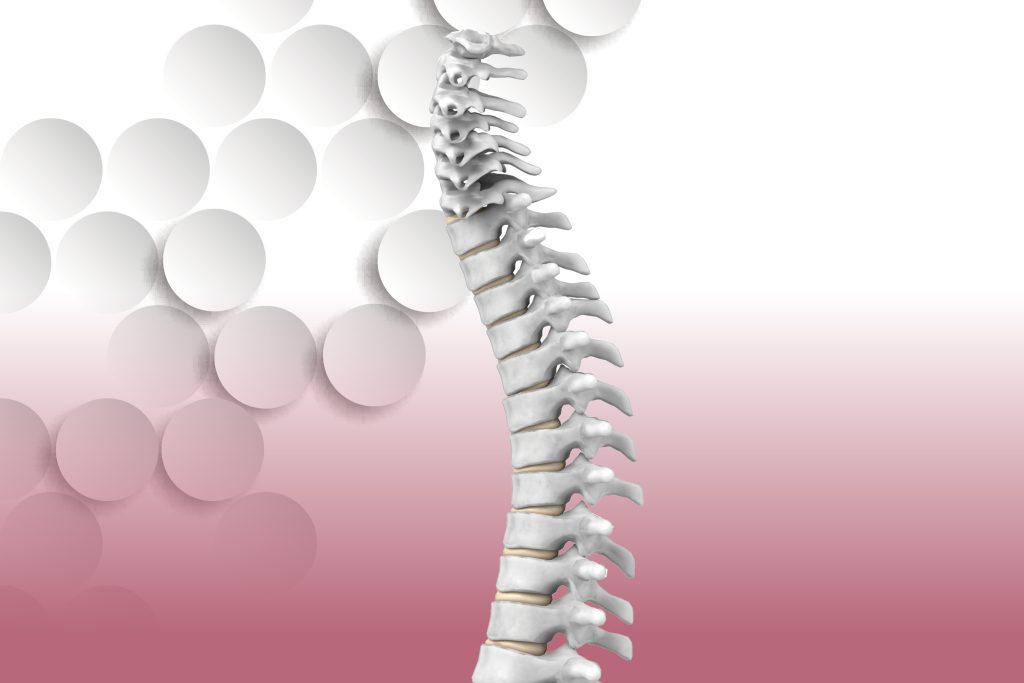Our bones do a lot for us. They protect our organs, support our freedom of movement and quite literally hold us together. As we age, we naturally lose some bone density, which can lead to osteoporosis. The condition puts us at greater risk for bone fractures and impacts women more than men. While osteoporosis is more common in older adults, prevention starts when you are young. No matter your age, you can take steps to build bone mass and prevent bone loss.
What is osteoporosis?
Osteoporosis develops when bone mineral density and bone mass decreases. It can also occur when the structure and strength of bone changes. It leads to an increase in risk of fracturing or breaking bones.
Why are women more at risk than men?
There are a few reasons the majority of people with osteoporosis are women. In general, women have smaller, less dense bones than men. Women also usually live longer than men, and bone density loss happens naturally with age. Menopause is another factor. After experiencing it, women have low levels of estrogen. One of the functions of the hormone is protecting bones. While age is a big factor in osteoporosis, it can affect younger women as well. By age 18, 90% of bone mass is developed. Health problems, poor diet, eating disorders and other factors can prevent bone mass from building early in life, leading to potential problems.
What are the signs of osteoporosis?
Osteoporosis is known as a “silent” condition. Often, there are no symptoms until you break or fracture a bone. This can commonly occur with the hip, wrist or spinal vertebrae during regular activities if you have bone density problems. A fracture in the vertebrae can cause symptoms like sloping shoulders, a curve in the back and height loss.
How is it diagnosed?
An osteoporosis diagnosis is made through a bone density test. Your doctor may suggest screening if you are older than 65 or if you are younger and have other risk factors associated with the condition. Consult with your doctor to determine when you should receive a test. The most common way to screen for bone density is a central dual-energy x-ray absorptiometry (DEXA or DXA)—a special type of low radiation x-ray that provides measurement of bone mineral density.
Are there treatment options?
Along with lifestyle changes, there are several FDA-approved treatments for osteoporosis that your doctor may recommend. Common treatments include bisphosphonates, parathyroid hormone, calcitonin, menopausal hormone therapy, selective estrogen receptor modulators and denosumab. All medications come with side effects, so be sure to discuss the benefits and risks of each option with your medical provider.
How can osteoporosis be prevented?
While it’s unavoidable that bone density lessens with age, you can take steps to slow the natural loss and prevent your bones from becoming weak and brittle.
- Get your calcium: For all adults under the age of 50 and men under the age of 70, the recommended dietary allowance of calcium is 1,000 milligrams each day. That number increases to 1,200 milligrams for women older than 51 and men over 70. Along with dairy products, good sources of calcium include almonds, broccoli, kale, salmon and soy products. Calcium supplements are also an option if your diet alone does not provide enough of the mineral.
- Don’t forget vitamin D: You need vitamin D to help absorb calcium. According to the Mayo Clinic adults 70 and younger need 600 international units (IU) of the mineral a day, and that increases to 800 IUs for people 71 and older. Sources of vitamin D include mushrooms, eggs, fortified milk and cereals, and oily fish like salmon, trout and tuna. Getting outside can also help because sunlight contributes to your body’s production of vitamin D.
- Stay physically active: Weight bearing exercises can help slow bone loss. These include walking, jogging, stair climbing, yoga and racquet sports like tennis and pickleball.
- Avoid substance abuse: Don’t smoke, and limit your alcohol intake. The Mayo Clinic suggests women avoid drinking more than one alcoholic drink each day, and men limit themselves to no more than two a day.
Are there any other factors that increase an individual’s risk?
Along with sex and age, there are a number of factors that can impact your bone health. These include:
- Diet: If you don’t have a lot of calcium or vitamin D in your diet, it can diminish bone density and lead to an increased risk of fractures. Eating disorders, such as restricting food intake or being severely underweight, also can weaken your bones.
- Smoking and alcohol consumption: Research suggests that both tobacco and alcohol can contribute to bone density problems
- Physical activity: Staying physically active can reduce your risk for osteoporosis.
- Body Size: People who are extremely thin or have a small body frame may be impacted by bone density loss more because they have less mass to draw from as they age.
- Family History: If you have a family history of osteoporosis or fractures, you have a greater risk for bone density problems. The condition also impacts people who are white or of Asian descent more than other groups.
osteoporosis by the numbers
- Approximately 10 million Americans have osteoporosis.
- Around 80% of cases are found in women.
- More than 43 million Americans have low bone density, putting them at risk for osteoporosis.
- It’s estimated that 1 in 2 women over the age of 50 will break a bone due to osteoporosis.
Sources: Mayo Clinic, Office on Women’s Health, Bone Health and Osteoporosis Foundation
